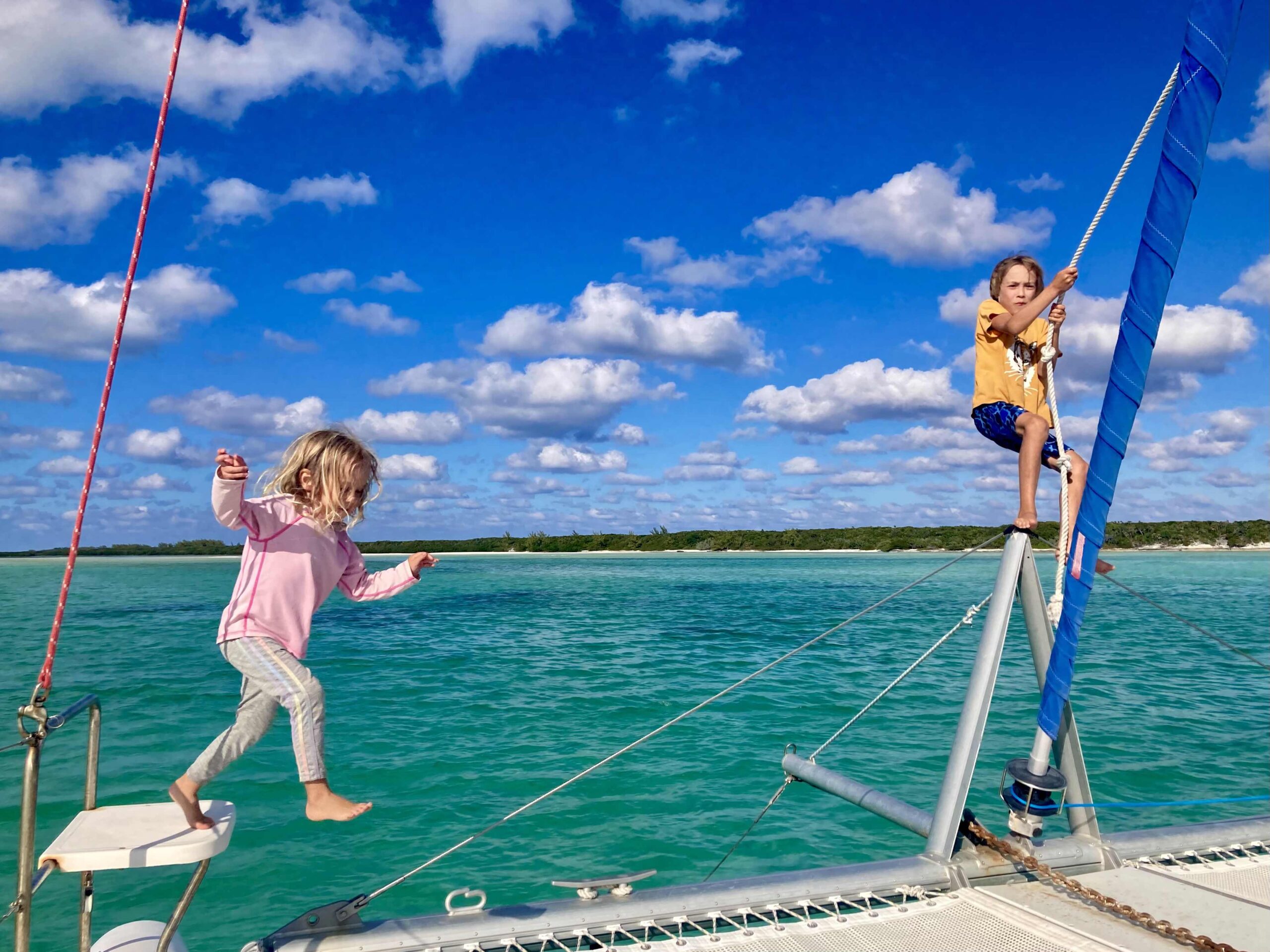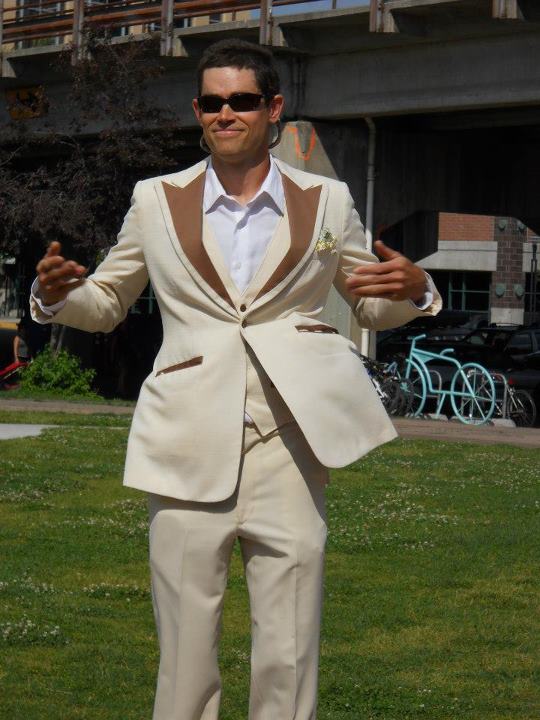You might be asking yourself: is the title of this post an oxymoron? The answer is: usually. It depends upon a few things, like 1) the length of crossing, 2) the type of boat, and 3) the cleanliness habits of the sailor. Ours was one of the longest crossings you can make across the ocean without the opportunity to stop: there simply ain’t no land between the Galapagos and the Marquesas, much less showers or soap stores. That means we were already prone to lax hygiene, especially if #3 was questionable among certain crew (e.g. Rob Roberts).
Let’s start with how the boat setup can shape hygiene. As you know, sailboats come in all shapes and sizes. Just like cars, you can get ones that are fully loaded or stripped to the bone. One of the “fully loaded” options for boats is a water maker. These nifty devices use osmosis to turn sea water into fresh water, giving you an almost unlimited amount of fresh water to shower, brush your teeth, shave body parts, and have water fights. The limitation becomes the energy supply these handy machines need, which is fairly intensive. You have to pay for your copious water by either running your engine a lot to feed the batteries, or installing solar panels or windmills to keep your water maker happy.
Neither Llyr nor Kayanos have a water maker. They do, however, have a bucket on a rope, which is almost as good. We carry a limited supply of freshwater, roughly 1 gallon per person per day, to drink and cook with. That’s where the bucket on a rope comes in, since boats are surrounded by lots and lots of sea water. We used saltwater pumps to flush toilets and wash dishes, and the bucket-on-a-rope to clean everything else, including ourselves. Joy dish soap and Woolite were the main cleaning agents, since they suds in saltwater. We also went through a hefty amoung of hand sanitizer.
The problem with using the ocean to clean things is that a lot of stuff lives in ocean water … microscopic, nutrient-rich, stinging stuff. After a while, the counters, clothes, dishes and your hair start to smell like plankton (ok, plankton might not smell, but something in the water smells). We use a lot of vinegar and sometimes even bleach to combat the plankton-salt-slime buildup (and you thought your toilet was gross…). But even then, everything becomes thicker and tougher as the salt builds up. I swear my shirts could stand on their own after a few washings in seawater.
As for our personal hygiene, it varies greatly among the crew. We did all brush our teeth every night … sooo, we had that going for us. When squalls came through, we’d all run outside with soap and shampoo, hoping it’d rain hard enough to get some lather going. It never rained that hard, but we still soaped up and caught rivulets off the sails to rinse off the salt. I took a sponge bath each evening with a bucket of saltwater, and Rob took bucket showers when he got hot enough to dump it over his head.
I washed my hair every 10 days or so, though using Joy dishsoap and saltwater didn’t do much for my overall ‘do. Gross. For instance, from April 18 to May 28, I washed my hair twice with freshwater. It was a near orgasmic experience each time. Rob never uses shampoo on land, anyway, so didn’t bother with the Joy at sea. He did buy a battery-powered electric razor in Panama City, which he used 3 times in 40 days to get rid of his beard. The boys also played with the razor when they got bored, giving each other some super rad haircuts. My shaving habits dwindled to every couple of weeks from the bucket, mostly because I only brought 3 razors and you only get one use from each before they turn into a pile of rust.
It may sound horrifying. And it’s certainly true that blue water sailing is not for the faint of heart (or those sensitive to smelly stuff). Luckily, there’s not really any dirt on a boat in the middle of the ocean, and we aren’t physically active enough to smell that bad. We feel clean enough and stay healthy during the voyage. Plus, since there are no mirrors, it’s easy to forget we aren’t winning any beauty contests.





